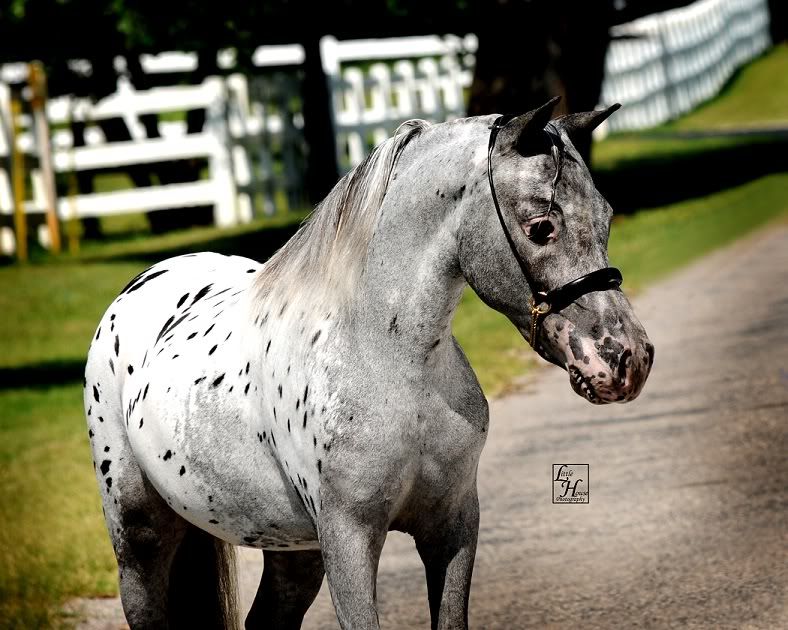Thanks for all of the help Laurie, I appreciate it and I'm sure there are many others who have read this that do as well.
Melinda, love what Mars Rosebud has been giving you. Did I ever tell you she gave us a tiny solid chestnut filly before we sold her? She was at a zoo near us (we sent two mares there to help the zookeepers get acquainted with equine and foaling-they weren't out in the open) And actually had the filly while a news station was filming. They got it all recorded and put it on the news that night. Also, the black varnish appy I posted a pic of on here is mars rosebud's brother and the two fillies are her sister's daughters.
Melinda, love what Mars Rosebud has been giving you. Did I ever tell you she gave us a tiny solid chestnut filly before we sold her? She was at a zoo near us (we sent two mares there to help the zookeepers get acquainted with equine and foaling-they weren't out in the open) And actually had the filly while a news station was filming. They got it all recorded and put it on the news that night. Also, the black varnish appy I posted a pic of on here is mars rosebud's brother and the two fillies are her sister's daughters.












